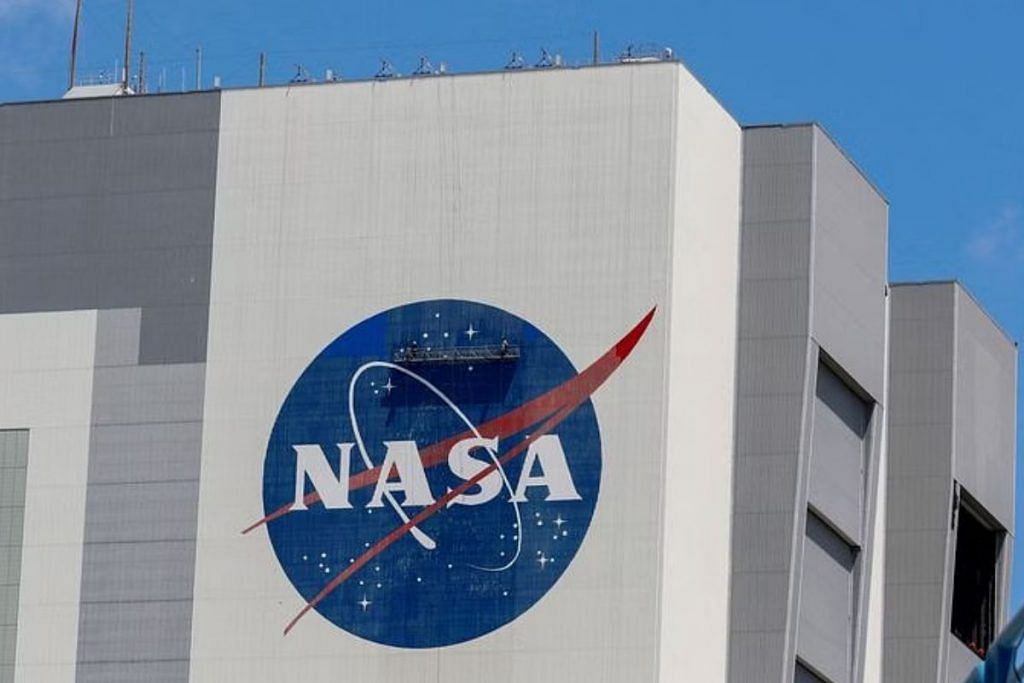NASA on Tuesday said it had picked U.S. rocket builder Firefly Aerospace to put a lander on the moon’s far side in 2026, under a nearly $112 million contract.
“The commercial lander will deliver two agency payloads, as well as communication and data relay satellite for lunar orbit, which is an ESA (European Space Agency) collaboration with NASA,” the U.S. space agency said.
The contract is part of the Artemis program’s Commercial Lunar Payload Services (CLPS) initiative – an effort to deploy privately built lunar landers to study the moon’s surface before people land there in the next few years.
NASA handed a similar award of $73 million to spacecraft software firm Draper last year to deliver science and technology payloads to the far side of the moon in 2025.
Firefly, which reached orbit for the first time in October, had seen years of difficulty, including a 2017 rescue from bankruptcy by Ukrainian-born entrepreneur Max Polyakov’s Noosphere Ventures.
NASA awarded Cedar Park, Texas-based Firefly $93.3 million in 2021 to carry a suite of 10 science investigations and technology demonstrations to the moon in 2023.
(Reporting by Eva Mathews in Bengaluru; Editing by Maju Samuel)
Disclaimer: This report is auto generated from the Reuters news service. ThePrint holds no responsibilty for its content.
Also read:SpaceX capsule returns crew of four from space station mission
